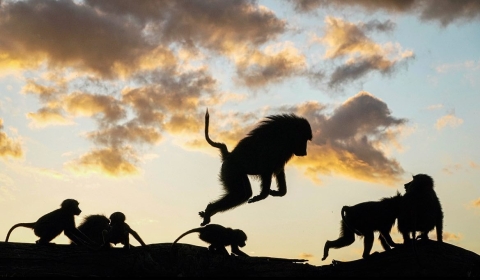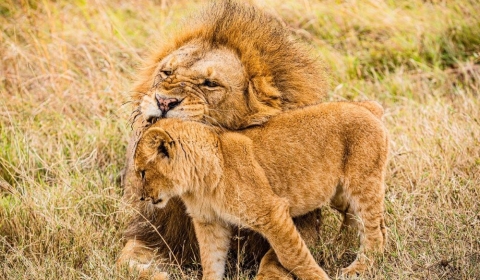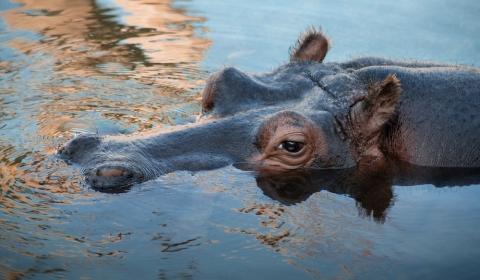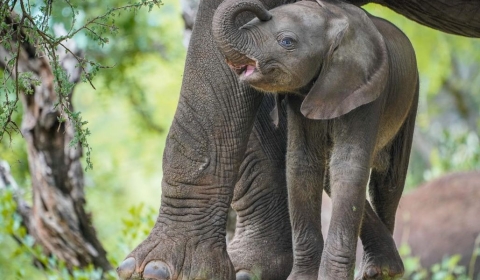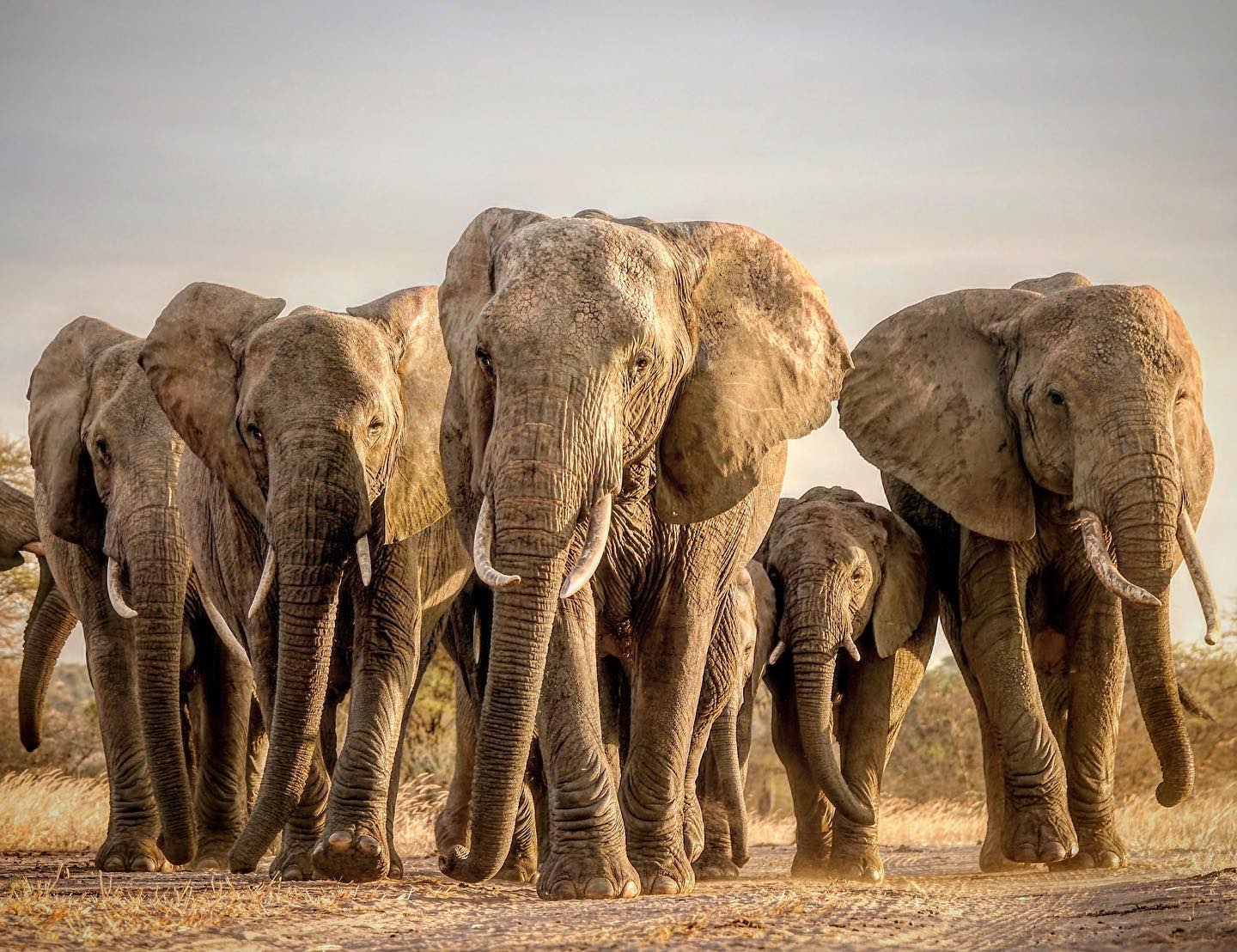
Overview
Location: South-central Tanzania, near the town of Mikumi. Size: Approximately 3,230 square kilometers (1,250 square miles). Established: 1964.
Geography and Landscape
Mikumi National Park features a variety of landscapes, including:
Mkata Floodplain: The most prominent feature, resembling the Serengeti Plains, it is a vast area of open grasslands.
Mountain Ranges: The Uluguru Mountains to the northeast and the Rubeho Mountains to the southwest provide a stunning backdrop.
River Systems: The Mkata, Wami, and other rivers flow through the park, creating seasonal swamps and waterholes.
Wildlife
Mikumi National Park is rich in wildlife and offers excellent game viewing:
Mammals: Includes large populations of elephants, lions, leopards, giraffes, zebras, wildebeest, buffaloes, and various species of antelope such as impalas, elands, and kudus.
African Wild Dogs: Occasionally seen in the park, adding to the diversity of carnivores.
Hippos: Found in the hippo pools near the main entrance, often providing great photo opportunities.
Birdlife: Over 400 species of birds, including lilac-breasted rollers, bateleur eagles, yellow-throated longclaws, and open-billed storks.
Conservation Efforts
Mikumi National Park plays a vital role in regional conservation:
Wildlife Corridors: Efforts are made to maintain corridors connecting Mikumi with the Selous Game Reserve and other protected areas.
Anti-Poaching Measures: Active anti-poaching units work to protect the park’s wildlife, particularly elephants and rhinos.
Research: Ongoing research projects focus on wildlife behavior, ecology, and conservation strategies.
Tourism
Activities: Mikumi offers a range of activities for visitors:
Game Drives: Day and night drives provide opportunities to see a variety of wildlife.
Walking Safaris: Guided walks offer a closer look at the park’s flora and fauna.
Bird Watching: The park is a haven for bird watchers, with a rich diversity of bird species.
Cultural Tours: Visits to nearby communities to learn about local cultures and traditions.
Accommodation: Options range from luxury lodges and tented camps to budget campsites, catering to different preferences and budgets.
Best Time to Visit: The dry season (June to October) is ideal for wildlife viewing, but the park offers year-round attractions.
Unique Features
Mkata Floodplain: The open grasslands are reminiscent of the Serengeti, providing excellent wildlife viewing and photography opportunities.
Hippo Pools: Easily accessible and a popular spot for visitors to observe hippos and other wildlife.
Accessibility: The park is one of the most accessible in Tanzania, located near a major highway connecting Dar es Salaam and Iringa.
Visitor Information
Access: Easily accessible by road from Dar es Salaam (a 4–5-hour drive) and Iringa. The park is also served by an airstrip for charter flights.
Entry Fees: Visitors must pay entry fees, which support the park’s maintenance and conservation efforts.
Regulations: Visitors should adhere to park regulations to protect the wildlife and environment, such as staying on designated roads and respecting wildlife.
Highlights
Proximity to Dar es Salaam: Its location makes it a convenient destination for short safaris and weekend trips.
Scenic Beauty: The diverse landscapes, including the picturesque Mkata Floodplain and surrounding mountains, offer stunning views.
Wildlife Diversity: The park's abundant wildlife, including large herbivores, predators, and birds, ensures rewarding game viewing experiences.
Conservation and Community Projects: Ongoing efforts to involve local communities in conservation initiatives, promoting sustainable tourism.
